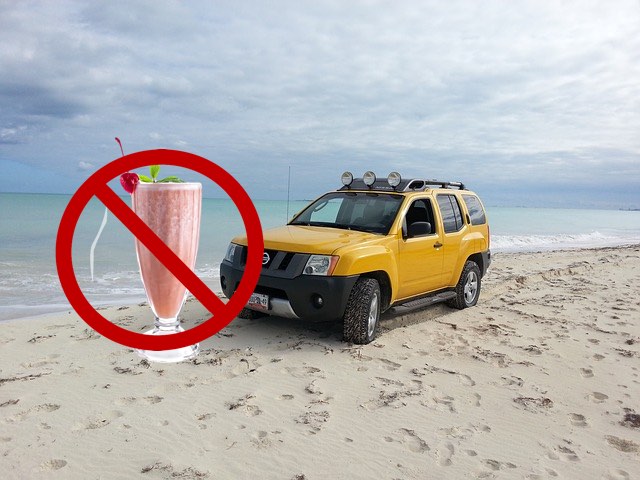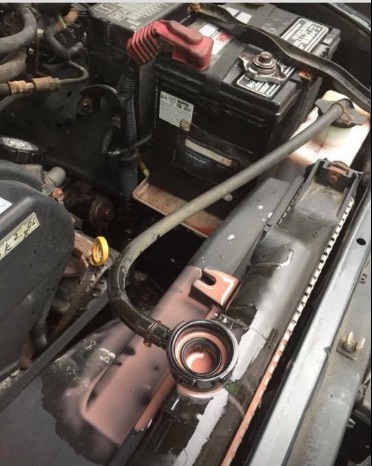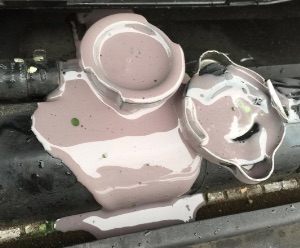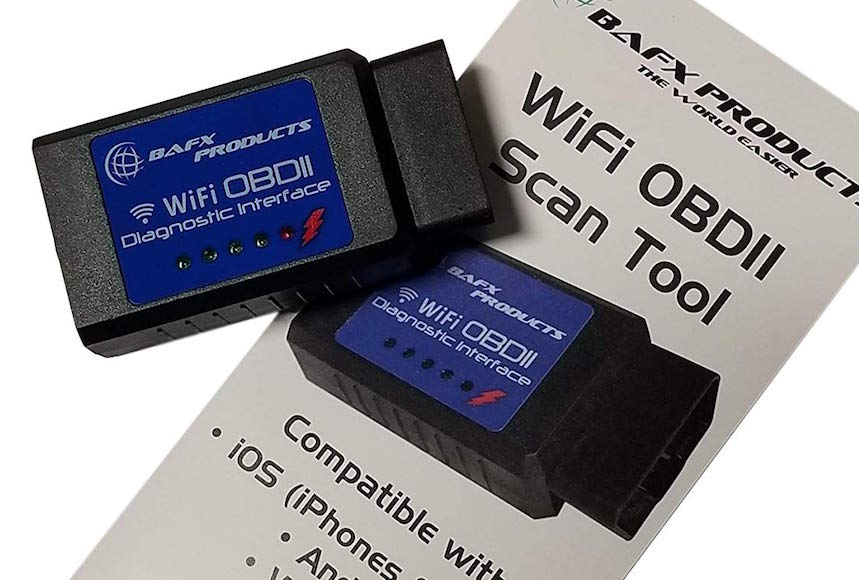First, you may be asking yourself what the heck are people referring to when they talk about strawberry milkshake of death in cars and trucks? I definitely was, so I did some research and found out all about it.
What is commonly referred to online as the strawberry milkshake of death (SMOD for short) refers to the resulting color that happens when coolant and transmission fluid (ATF) mix inside the radiator and, subsequently, the transmission. SMOD typically happens when the transmission cooler (full of ATF,) which in some cars is located inside the radiator, fails, and leaks.
When ATF and coolant mix the color resembles that of a strawberry milkshake, hence the name SMOD, and it can cause transmission failure and engine problems. SMOD notoriously plagues Nissan’s from 2005-2010, as well as other brands and models. Any vehicle that has a transmission cooler located inside the radiator can potentially fall victim to SMOD. One last note, you should not drive if you suspect you have strawberry milkshake of death happening in your car or truck.
Now, we will cover the common years SMOD affected, how to tell if you have it, and what to do to prevent it. We will also discuss whether or not you can save your transmission if SMOD has happened already.
Table of Contents
How to tell if your car or truck has the strawberry milkshake of death?
Answer: The most common way to tell if you have a car experiencing SMOD is checking the radiator coolant cooler. Does the color resemble a strawberry milkshake, or does it look like normal coolant? The main way to look for SMOD, especially if you’re buying a used car, is to remove the radiator cap and check the coolant color. With no SMOD it should be green, completely liquid like water, and not pink at all. If it is pink, sludge-y, or milky the car may have a SMOD problem and you should avoid buying the car. Typically, a mix of ATF and coolant will be slightly thicker and smell like ATF. If this happens to your car it can potentially damage or destroy your transmission and radiator. The sooner you catch it, the more likely you will be able to save the transmission from early failure. Stop driving immediately if you notice SMOD.
What does strawberry milkshake of death aka pink milkshake look like?
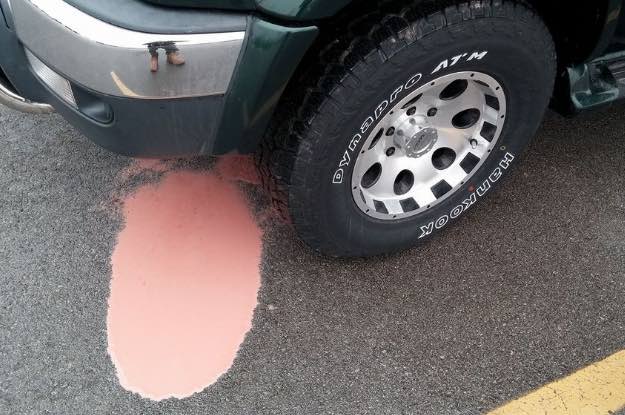
The SMOD literally looks like a strawberry milkshake from Denny’s. That kind of frothy, aerated, smooth looking drink. Strawberry milkshake of death depends on what color the antifreeze was before it happened, regardless of the color of the antifreeze before it will take on a different color after mixing with ATF. Usually, that color is a frothy pinkish color that is hard to describe. It is best you know what your coolant looks like when it is normal, so it is easy for you to tell if there is an issue. Please no matter how tasty it looks in your radiator or your transmission, do not drink it.
Here are some photos of what having strawberry milkshake of death looks like:
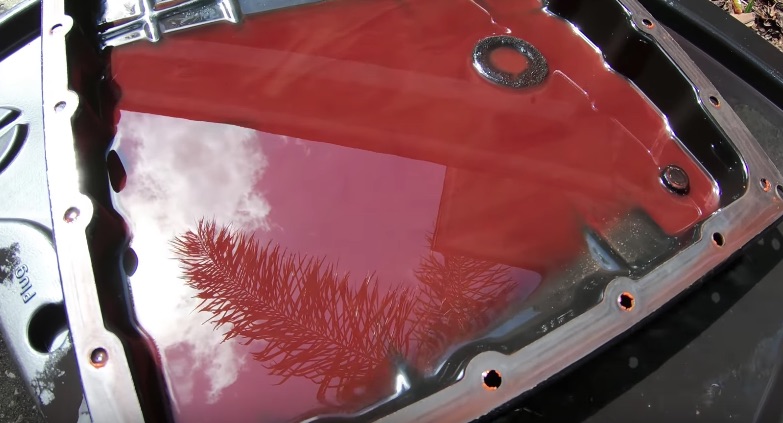
These are not just from Nissan, Toyotas also experience SMOD as do many other automatic transmission vehicles.
What causes SMOD in an automatic transmission?
On most modern cars there exists a radiator for the transmission fluid. Its purpose is to cool the hot transmission fluid, before returning it back to the transmission. It also works to get the ATF fluid warm quickly as the radiator fluid warms up faster. On many new modern cars, for example, all Xterras from 2005-2009, had a transmission cooler built into the car’s radiator. This means coolant and transmission fluid is in the same radiator, but under normal circumstances do not mix.
There are lines that run inside the radiator that allow the transmission fluid to flow. The lines are known to corrode and allow the mixing of engine coolant and transmission coolant fluids. Hence, when we get the strawberry milkshake of death look to the transmission fluid or the coolant.
When the two fluids mix, the mixture overflows into the coolant overflow reservoir. This is because suddenly the car has more coolant than it knows what to do with. This is due to the ATF mixing in and it dumps it out to the reservoir.
The fluid that looks a lot like a strawberry milkshake is due to this mixing of coolant and ATF. If the mixture manages to return to the transmission, it can cause catastrophic damage.
If you can I highly recommend trying to catch SMOD early, or prevent it by installing an external transmission cooler / bypassing your trans cooler inside the radiator.
Most Common SMOD Failure Cars & Years:
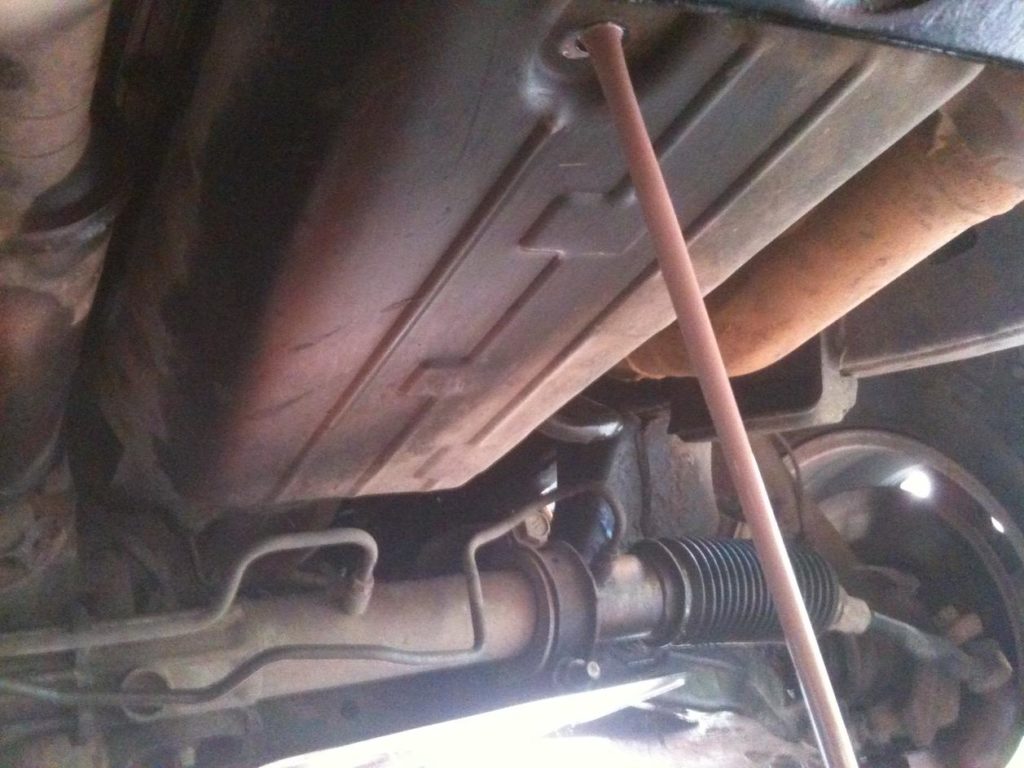
- 2005-2010 Nissan Xterra‘s with radiator part numbers: 21410-EA200, 21410/21460-EA205, 21460-EA215, and 21460-EA265. If your radiator part number is 21460-9CAOE you have the updated radiator with virtually non-existent SMOD problems (make sure to keep up on your preventative coolant fluid changes).
- Infiniti G35 / G37’s (not sure on the exact years)
- 2006+ Dodge Chargers Due to an A/C drain issue.
- Roughly 1998-2004 Toyota Tundra’s, Sequoia, 4Runner’s
- Many more automatic transmission is prone to this failure. No car has quite the reputation as the Nissan Xterra for this problem. However, it may be worth searching for “SMOD– your year and model” to see if other people have had problems with your kind of car.
Strawberry Milkshake of Death on some cars and SUVs is extremely common. Especially Nissan Xterras from the years 2005-2009. It also affected Nissan Pathfinders, Frontiers and other non-Nissan cars and trucks. I also want to clarify, the strawberry milkshake of death can happen in many different makes and models. Nissan Xterra’s just provide us with the best case study to check out, learn from, and see plenty of photos of what it looks like when the internal components fail inside a radiator.
The problem was so common with these Nissans that they were brought to court and settled an agreement to extend their warranty and reimburse owners. Read more about it here.
If you own a 2005-2010 Nissan Frontier, Xterra, or Pathfinder you may be eligible for some money back if you experienced the SMOD and paid out of pocket for the repairs.
If you buy a Nissan Xterra from 2005-2009 you should confirm that there are no traces of the strawberry milkshake of death. You can do this by checking the radiator. Do a visual inspection of the coolant. Look for deposits under the radiator cap and in the coolant overflow tank. You can also pay for a chemical test of the ATF by Blackstone Labs.
Strawberry Milkshake of Death Fixed By Nissan? Part Number Checking:
In 2010 Nissan switched radiators, and you can verify this by looking for an updated part number on your 2010/+ Nissan Xterra.
The rate of SMOD on these 2010+ Nissan Xterras drastically dropped, after Nissan changed its radiator. Meaning the strawberry milkshake of death in the previous Nissan was likely caused by the use of defective radiators. If you are looking at a 2010 Nissan Xterra it is important to check that the radiator has the new part number. I will cover what Nissan Xterra part numbers are associated with SMOD. Then we will look at what part numbers mean the radiator is updated, therefore ok. Lastly, we will look at the options you have if you want to prevent SMOD.
Preventing SMOD in a Nissan Xterra:
For the Nissan Xterra specifically, you should replace the radiator immediately with the upgraded part number radiator. It may be expensive, but it will prevent the SMOD from happening. The radiators with the part numbers listed above are known to be a problem, and it is highly recommend you either replace the radiator or “bypass it.”
The common failure in the Xterra radiator was the brazed joints inside the radiator coming apart. With no other signs of corrosion or it being due to lack of preventative maintenance. Meaning it happens regardless of how often you change your ATF or coolant.
ByPassing the radiator means re-routing cooling lines so the transmission does not utilize the radiator for additional cooling. The debate is still out on whether this is an acceptable practice. It does lead to less cooling of the ATF fluid. Especially in Xterras that are off-roaded or tow.
Bypassing the transmission cooler is a preventative measure. Once you have the strawberry milkshake of death, you will need to address that problem directly (new transmission, flushing, further diagnosis).
To read more about how to bypass the Nissan Xterra read the guide posted on the forums here.
It is super simple, and you can even add another air-cooled transmission cooler to the front of your radiator to increase your cooling capacity. As of 2018, the post about how to bypass the transmission cooler has 1,000+ posts, and the author claims there hasn’t been a single problem associated with bypassing the transmission cooler to date.
I highly recommend bypassing the trans cooler in your Nissan Xterra if it falls into the 2005-2009 years. It is super super simple and probably takes about 15-30 minutes. You should buy some new hose clamps for the hoses– or just buy a whole set like this on Amazon so you can cover all your future needs.
I just noticed ATF in my coolant is my transmission ruined?
You can try replacing the radiator, bypassing the transmission cooler, and flushing both systems extremely well. It really depends on how fast you caught the problem. If the transmission started slipping, acted funny, or driving weird– then yes, the transmission is likely ruined.
However, without seeing the car and driving it you will never know until you try whether the transmission is toast.
Unfortunately, a tiny bit of coolant in the ATF can cause failure to the transmission. This is because the friction material on the transmission clutches are very sensitive to water. Once exposed it can be a ticking time bomb.
As other technicians have noted the clutches start to look as though they are “de-laminating” after being exposed to the coolant. This happens fast! I hope you caught it early enough to avoid replacing your transmission!
Question: How can I tell if I have Strawberry Milkshake of Death?
Answer:
- Strawberry Milkshake like sludge on the underside of radiator cap– check when the car is cool.
- Rumbling and/or shaking around 50mph+ from the transmission
- General Automatic transmission issues (slipping, poor shifting, hard shifting, won’t get into gear) combined with the classic strawberry looking fluid in your radiator.
What can I do to prevent SMOD in my car or truck?
Depending on the make and model of your car, and why the SMOD happens in the first place, the best preventative maintenance is to replace the radiator with the built in the transmission cooler.
It also helps on some cars, not the Nissan Xterra (it fails regardless) to keep up to date with changing coolant / ATF. This will help reduce the chance of corrosion inside the radiator and transmission cooler leading to premature failure.
What is ByPassing the Transmission Cooler Do/Mean?
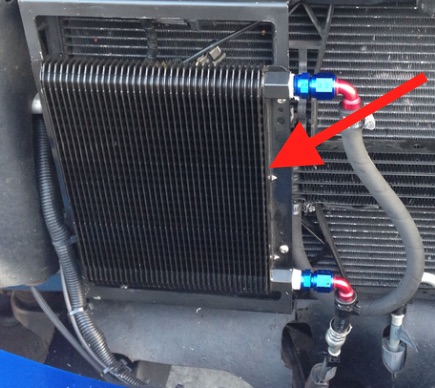
Bypassing the transmission cooler literally just means eliminating the transmission cooler. Normally this means just routing the transmission fluid so it either doesn’t go through the transmission cooler at all, or it goes through an aftermarket transmission cooler you mount and install yourself. This keeps the ATF and the coolant in two separate places if one fails it won’t ruin your whole transmission or engine.
On the Nissan Xterra’s many owners have bypassed the trans cooler as a preventative maintenance item. The potential con is that the ATF fluid will be hotter, and cause more transmission failures. However, as of 2018 many reports no issues from doing the bypass, and I highly recommend you do it if you have a Nissan Xterra from 2005-2010. Or fork out the cash for a new radiator that is the updated part number (see above list).
It is never a bad idea to keep up on replacing your ATF fluid at regular intervals as well. Nissan updated their transmission fluid to be a new fluid in 2009 to Nissan Matic J (links to Amazon). However, many people have had success with ATF fluid that meets or exceeds the Matic J specification, here is an Amazon search link
to all products that meet that recommendation (take your pick).
What can I do if I have Strawberry Milkshake of Death?
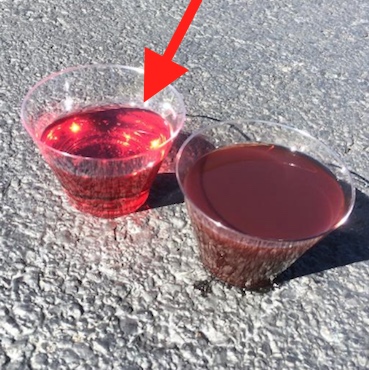
First, if you do or suspect you have SMOD stop driving the car as soon as possible to limit further transmission damage. Seriously, stop and get the car towed to a shop or back to your house. Every second you drive it means the likelihood of the transmission failing increases dramatically.
If your car is still under warranty go to the dealership and try to get them to warranty the repair. You may have to battle them on this, but it is worth the battle. Repairing a car after SMOD can cost upwards of 5,000 dollars.
Alternatively, you can try flushing the system and just changing the radiator. Some members have reported they have “saved” the transmission that way. Depends on how long you have been driving with this issue and the level of damage done to the transmission. It is impossible to say whether this will work or won’t work, as every car is different, and every transmission will react differently to having SMOD.
Flush the transmission again and again. You can use cheaper ATF to flush it, as your goal is to just get as much of the contaminated ATF fluid out. It may take 6-10 flushes of ATF to even stand a chance. There needs to be zero coolants left in the transmission. Many people have had success flushing the transmission, replacing the radiator, and sending it. Your results may vary. You may have to spend $200-300 just on ATF fluid alone to do a good flush. However, if you can save the transmission by flushing the fluid, then you’ll save yourself a ton of money and time replacing the transmission.
Conclusions:
The faster you catch it, the more likely you can save the transmission.
For an example of what an aftermarket transmission cooler looks like, I set up a search on Amazon just click here and browse through them. They aren’t that expensive, and definitely worth installing on any automatic transmission if you do any kind of towing or heavy duty 4×4. Or if you have a car that is prone to the SMOD, please take any and all steps to avoid that from happening to you.
If you’re going to take on the repair yourself, you will need some basic tools. Here is a list what I recommend you’ll need. All these tools come personally recommended, and at a great price point.
Recommended Tools You’ll Need:
- Set of high quality ratchets (1/4″, 3/8″, and 1/2″)
- Personally, I love my gearwrench ratchets. This set is awesome, and you need to buy it. Just read the reviews and check the price on Amazon here (120xp Gearwrench Set)
- Personally, I love my gearwrench ratchets. This set is awesome, and you need to buy it. Just read the reviews and check the price on Amazon here (120xp Gearwrench Set)
- A set of metric sockets normally from 8mm to 19mm is sufficient for 90% of repairs.
- I also really really love my 3/8″ semi deep 6 point socket set from Gearwrench. I just found this awesome deal on Amazon that includes that set + a bonus 1/4″ set. Click here
to check the price on Amazon and reviews. Or click here to read my personal review of this set on my blog here. You cannot beat the price and quality on this socket set, trust me, I use them everyday.
- I also really really love my 3/8″ semi deep 6 point socket set from Gearwrench. I just found this awesome deal on Amazon that includes that set + a bonus 1/4″ set. Click here
- Some decent pliers for removing hose clamps.
- I really enjoy this set I have, which allow you to open up really wide in tight spaces. Click here to check out this Double X set on Amazon.
Want to read more? Click here to read how to change the oil on your car mess free. I wish I had known this trick earlier.
Also, check out my post on my top ten favorite car repair tools here. Do you have any of these?

